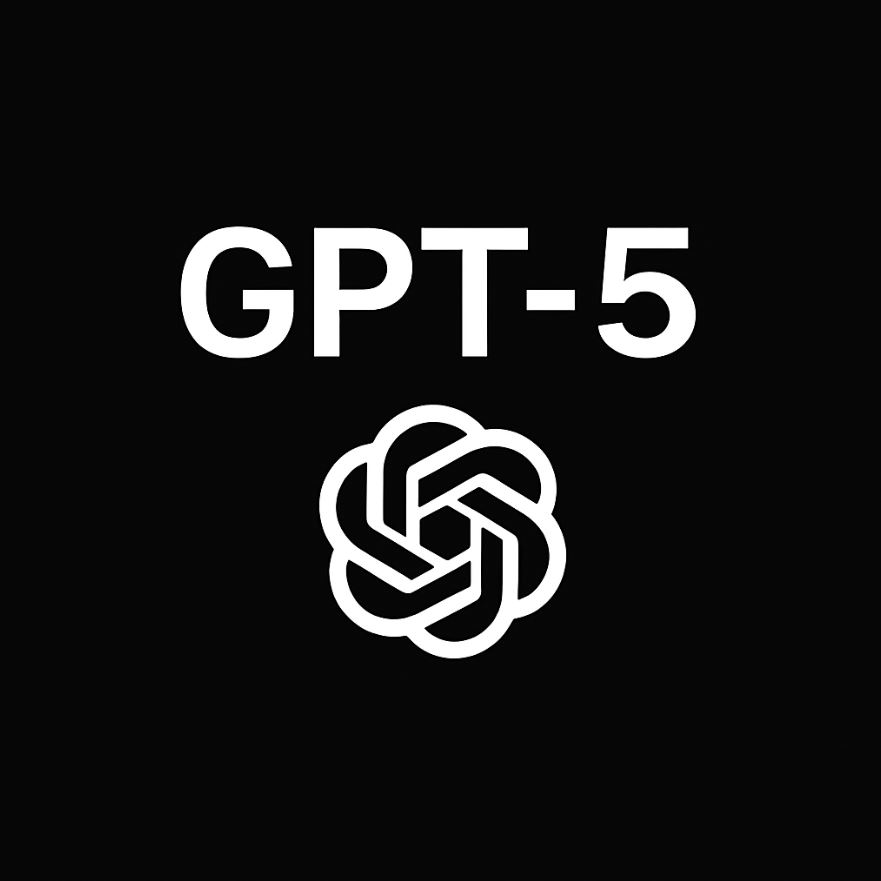 OpenAI’s latest release, GPT-5, is generating plenty of buzz as it inches us closer to the dream of artificial general intelligence (AGI) – a system designed to outperform human efficiency in tasks that matter. Yet, even with upgrades like improved code writing, fewer hallucinations, and sharper adherence to multi-step instructions, CEO Sam Altman describes it as merely a “significant step” rather than a breakthrough that redefines the field.
OpenAI’s latest release, GPT-5, is generating plenty of buzz as it inches us closer to the dream of artificial general intelligence (AGI) – a system designed to outperform human efficiency in tasks that matter. Yet, even with upgrades like improved code writing, fewer hallucinations, and sharper adherence to multi-step instructions, CEO Sam Altman describes it as merely a “significant step” rather than a breakthrough that redefines the field.
One of the key improvements is its design for safer and less flattering responses. GPT-5 avoids misleading users just for approval, aiming instead for straightforward, expert-level engagement across a range of topics. Still, the model isn’t without its quirks. For instance, its attempt to draw a map of North America was off the mark, and it hasn’t quite mastered learning from its past errors. On challenging tests like “Humanity’s Last Exam,” it managed only a 42% success rate – a touch behind Elon Musk’s xAI model, Grok 4, which achieved 44%.
A standout feature is its new “router” system. This clever mechanism directs your query to the most appropriate model for the task, including a new “deeper reasoning” module known as GPT-5 Thinking. While it doesn’t seem to rely on entirely new algorithms or data, this approach refines what’s already in play by breaking complex questions into more manageable parts – much like you’d plan a long journey by mapping out the best segments along the way.
It helps to remember that the concept of large language models (LLMs) took shape back in 2017 with groundbreaking work from Google researchers. These models, trained on vast amounts of text, predict likely continuations from your prompts, often mimicking human conversation surprisingly well. Their simplicity has allowed them to excel in flexibility and usability, even as they fall short of full reasoning or real-life learning.
The path to true AGI remains uncertain. OpenAI and other tech companies are refining LLMs for specific applications, often leveraging multiple prompts or detailed fine-tuning to optimise outcomes. In this context, the introduction of a routing system in GPT-5 might cut down on complex future adjustments – though it might also signal that we’re reaching a developmental plateau with current architectures.
Ultimately, GPT-5 isn’t about a dramatic leap into AGI territory, but rather about polishing and optimising what we already have. By prioritising safer interactions and careful delegation of tasks, it provides a more controlled, expert-level system. This approach could help steer AI development toward more predictable and engineering-driven solutions, even if the jump to AGI remains on the horizon.
If you’ve ever struggled with unpredictable AI outputs, these improvements might come as a relief. GPT-5 represents a thoughtful balance between innovative tweaks and the stability you need from technology you depend on.








